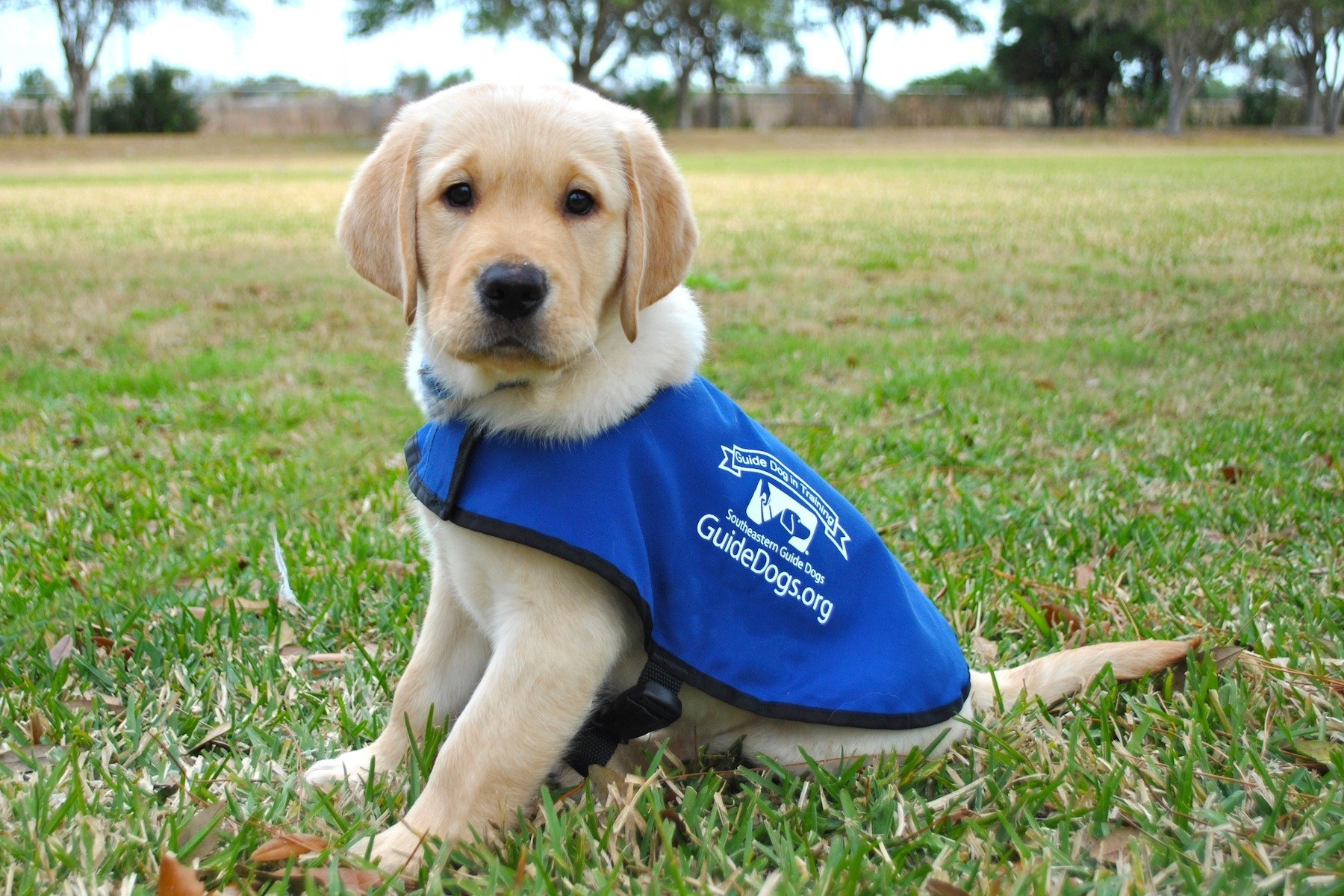Assistance dogs in the practice
NewsPosted by: Dental Design 16th May 2019

Alison Large, DDU dento- legal adviser, responds to a doggy dilemma
According to Assistance Dogs UK, a coalition of assistance dog charities, over 7,000 disabled people in the UK rely on an assistance dog to help with practical tasks – offering emotional support and independence.
One of those tasks may be to support a patient when attending a dental appointment, so it’s important to know how to deal with such a scenario. While the term ‘assistance dog’ most commonly refers to guide or hearing dogs for blind or deaf people, it can also mean service dogs for those with health conditions not related to vision or hearing. While many dogs receive specific training it should be noted that some assistance dogs can be owner selected and trained.
The Equality Act 2010, and the Disability Discrimination Act 1995 in Northern Ireland, require access to medical treatment facilities for assistance dogs. In addition, staff must not treat the owner less favourably due to their impairment. The Equality and Human Rights Commission has also produced a guide for businesses on assistance dogs.
Healthcare professionals have a legal duty to make reasonable adjustments to enable disabled users to access services. This would extend to changing any ‘no dogs’ policy to allow assistance dogs. This duty is owed to a disabled person regardless of who the dog was trained by.
The Guide Dogs organisation produces guidance on access to medical facilities for guide dog owners and other blind and partially sighted people. It advises that medical facilities such as dental practices should know if a patient using the service is an assistance dog owner so that any necessary provision can be arranged in consultation with the patient.
The guidance explains that although the best place for a guide dog is with its owner, there may be areas within the health facility where a guide dog may not be permitted due to infection control or health and safety issues. When considering reasonable adjustments, consider asking the patient what assistance they would require such as sighted guide assistance to areas where the dog is unable to accompany them. If this happens, the practice will need to find a suitable location where the guide dog can be safely left.
Any adjustment should be made only when it is reasonable to do so. This is an objective test and one which the courts will apply to the facts of each specific case. For example, if a dog was poorly trained, the court would factor this in when deciding whether or not it was reasonable to allow the dog into the practice.
If a staff member were to be allergic to dogs or to have a phobia, then the practice should take reasonable steps to minimise that individual’s exposure to assistance dogs. However, these are not valid reasons for denying an assistance dog entry to the practice.









